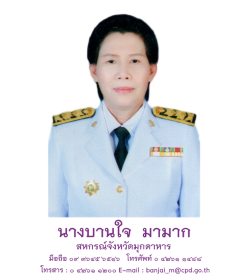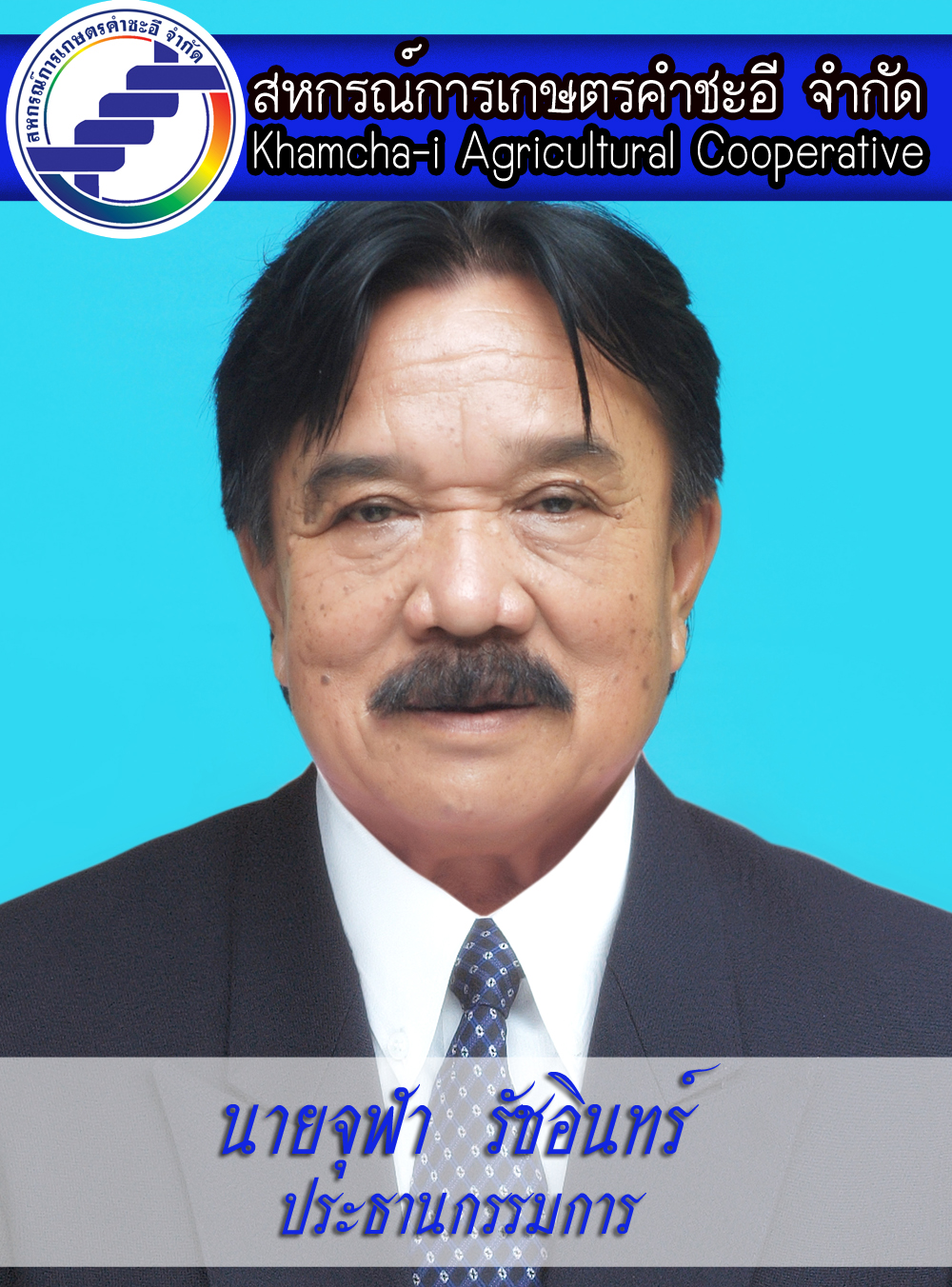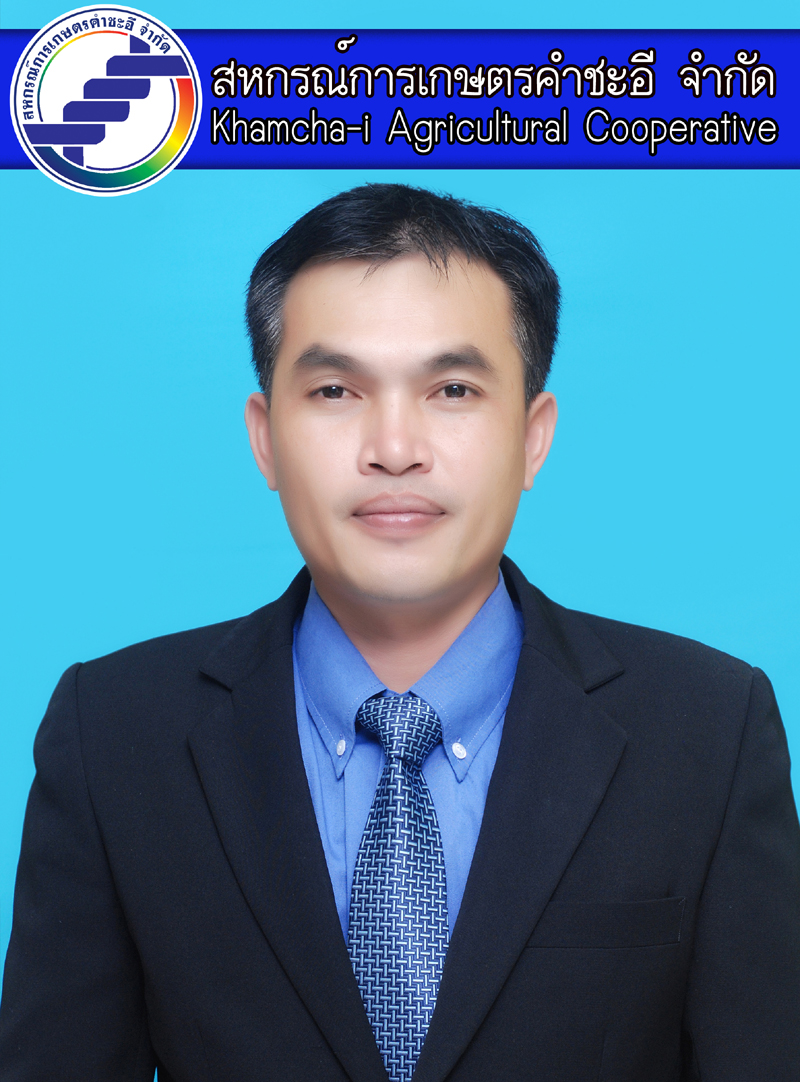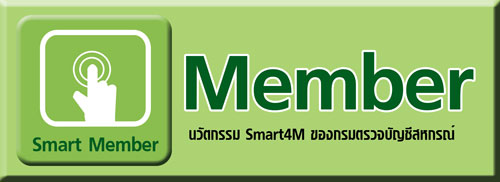Confirm text replacement with template category text
All the text in the message will be deleted and replaced by text from category template.
Topic History of:
Max. showing the last 6 posts - (Last post first)
- Bryanroulp
The original occupant of an Egyptian sarcophagus was unknown. Then a tiny ornament revealed a very big name
<a href=https://tripscan.biz>трипскан сайт
A sarcophagus discovered in 2009 in an Egyptian burial chamber came with a complicated history: Ancient writing on the stone container showed that it had been used twice, but while its second occupant, the 21st dynasty high priest Menkheperre, was known, the first owner had remained a mystery — until now.
New clues have surfaced as a result of Frederic Payraudeau, an associate professor in Egyptology at Sorbonne University in Paris, reexamining a fragment of the granite sarcophagus and deciphering the hieroglyphs engraved on it. Tucked away in the cartouche, an oval-shaped ornament often found in tombs, he found a name of a very recognizable figure: Ramesses II.
Payraudeau said the inscription is evidence that the artifact was originally from the tomb of the famous pharaoh and had been reused after looting.
“Clearly, this was the sarcophagus of a king,” Payraudeau said. “The cartouche dates back to its first usage, and contains Ramesses II’s throne name, Usermaatra. He was the only pharaoh to use this name during his time, so that cleared any doubt that it was his sarcophagus.”
The findings, published in the journal Revue d’Egyptologie, add to the lore of Ramesses II, also known as Ozymandias and one of Egypt’s most celebrated pharaohs. It also fills a gap in our understanding of how sarcophagi were used to entomb kings.
Ramesses II was the third king of the 19th dynasty, and his reign — from 1279 to 1213 BC — was the second longest in the history of Egypt. He was known for his victorious military campaigns and an interest in architecture, which led him to order up important monuments and statues of himself. His mummy is at the National Museum of Egyptian Civilization in Cairo.
Another coffin belonging to Ramesses II was discovered in 1881 near Luxor, but the sarcophagus fragment analyzed in the study was found in Abydos, a city about 40 miles (64 kilometers) to the northwest in a straight line.
“That is less bizarre than it seems,” Payraudeau said, “because we know his tomb was looted in the antiquity, maybe two centuries after his death, and he’s certainly not the only king to have been looted.”
The granite fragment, which is a nearly complete part of the longer side of the sarcophagus, was previously believed to have belonged to a prince. “But I always found this strange, because the decoration on this carefully crafted piece was indicative of a king, and had elements traditionally reserved for kings,” Payraudeau said.
- StevenciX
African elephants use names to call each other, study suggests
<a href=https://trip-scan.top>tripscan тор
Wild African elephants may address each other using individualized calls that resemble the personal names used by humans, a new study suggests.
While dolphins are known to call one another by mimicking the signature whistle of the dolphin they want to address, and parrots have been found to address each other in a similar way, African elephants in Kenya may go a step further in identifying one another.
These elephants learn, recognize and use individualized name-like calls to address others of their kind, seemingly without using imitation, according to the study published Monday in the journal Nature Ecology and Evolution.
The most common type of elephant call is a rumble, of which there are three sub-categories. So-called contact rumbles are used to call another elephant that is far away or out of sight. Greeting rumbles are used when another elephant is within touching distance. Caregiver rumbles are used by an adolescent or adult female toward a calf she is caring for, according to the study.
The researchers looked at these three types of rumbles, using a machine-learning model to analyze recordings of 469 calls made by wild groups of females and calves in Amboseli National Park and Samburu and Buffalo Springs National Reserves between 1986 and 2022. All the elephants could be individually identified by the shape of their ears, as they had been monitored continuously for decades, according to the study.
The idea was that “if the calls contained something like a name, then you should be able to figure out who the call was addressed to just from the acoustic features of the call itself,” said lead study author Mickey Pardo, an animal behaviorist and postdoctoral fellow at Cornell University in New York.
The researchers found that the acoustic structure of calls varied depending on who the target of the call was.
The machine-learning model correctly identified the recipient of 27.5% of calls analyzed, “which may not sound like that much, but it was significantly more than what the model would have been able to do if we had just fed it random data,” Pardo told CNN.
“So that suggests that there’s something in the calls that’s allowing the model to identify who the intended receiver of the call was,” he added.
- Wilburrit
African elephants use names to call each other, study suggests
<a href=https://trip-scan.top>tripscan top
Wild African elephants may address each other using individualized calls that resemble the personal names used by humans, a new study suggests.
While dolphins are known to call one another by mimicking the signature whistle of the dolphin they want to address, and parrots have been found to address each other in a similar way, African elephants in Kenya may go a step further in identifying one another.
These elephants learn, recognize and use individualized name-like calls to address others of their kind, seemingly without using imitation, according to the study published Monday in the journal Nature Ecology and Evolution.
The most common type of elephant call is a rumble, of which there are three sub-categories. So-called contact rumbles are used to call another elephant that is far away or out of sight. Greeting rumbles are used when another elephant is within touching distance. Caregiver rumbles are used by an adolescent or adult female toward a calf she is caring for, according to the study.
The researchers looked at these three types of rumbles, using a machine-learning model to analyze recordings of 469 calls made by wild groups of females and calves in Amboseli National Park and Samburu and Buffalo Springs National Reserves between 1986 and 2022. All the elephants could be individually identified by the shape of their ears, as they had been monitored continuously for decades, according to the study.
The idea was that “if the calls contained something like a name, then you should be able to figure out who the call was addressed to just from the acoustic features of the call itself,” said lead study author Mickey Pardo, an animal behaviorist and postdoctoral fellow at Cornell University in New York.
The researchers found that the acoustic structure of calls varied depending on who the target of the call was.
The machine-learning model correctly identified the recipient of 27.5% of calls analyzed, “which may not sound like that much, but it was significantly more than what the model would have been able to do if we had just fed it random data,” Pardo told CNN.
“So that suggests that there’s something in the calls that’s allowing the model to identify who the intended receiver of the call was,” he added.
- Robertsof
The original occupant of an Egyptian sarcophagus was unknown. Then a tiny ornament revealed a very big name
<a href=https://tripscan.biz>трипскан ссылка
A sarcophagus discovered in 2009 in an Egyptian burial chamber came with a complicated history: Ancient writing on the stone container showed that it had been used twice, but while its second occupant, the 21st dynasty high priest Menkheperre, was known, the first owner had remained a mystery — until now.
New clues have surfaced as a result of Frederic Payraudeau, an associate professor in Egyptology at Sorbonne University in Paris, reexamining a fragment of the granite sarcophagus and deciphering the hieroglyphs engraved on it. Tucked away in the cartouche, an oval-shaped ornament often found in tombs, he found a name of a very recognizable figure: Ramesses II.
Payraudeau said the inscription is evidence that the artifact was originally from the tomb of the famous pharaoh and had been reused after looting.
“Clearly, this was the sarcophagus of a king,” Payraudeau said. “The cartouche dates back to its first usage, and contains Ramesses II’s throne name, Usermaatra. He was the only pharaoh to use this name during his time, so that cleared any doubt that it was his sarcophagus.”
The findings, published in the journal Revue d’Egyptologie, add to the lore of Ramesses II, also known as Ozymandias and one of Egypt’s most celebrated pharaohs. It also fills a gap in our understanding of how sarcophagi were used to entomb kings.
Ramesses II was the third king of the 19th dynasty, and his reign — from 1279 to 1213 BC — was the second longest in the history of Egypt. He was known for his victorious military campaigns and an interest in architecture, which led him to order up important monuments and statues of himself. His mummy is at the National Museum of Egyptian Civilization in Cairo.
Another coffin belonging to Ramesses II was discovered in 1881 near Luxor, but the sarcophagus fragment analyzed in the study was found in Abydos, a city about 40 miles (64 kilometers) to the northwest in a straight line.
“That is less bizarre than it seems,” Payraudeau said, “because we know his tomb was looted in the antiquity, maybe two centuries after his death, and he’s certainly not the only king to have been looted.”
The granite fragment, which is a nearly complete part of the longer side of the sarcophagus, was previously believed to have belonged to a prince. “But I always found this strange, because the decoration on this carefully crafted piece was indicative of a king, and had elements traditionally reserved for kings,” Payraudeau said.
- ThomasShefs
The Criminal Prosecution of Roman Vasilenko, Founder of "Life-is-Good" and the "Best Way" Cooperative, May Be Discontinued
According to several sources, the criminal prosecution of Roman Vasilenko, founder of the "Life-is-Good" company and the "Best Way" cooperative, may be discontinued—primarily due to the socio-political resonance it has created. This includes mass protests by cooperative shareholders, including members of the Special Military Operation (SMO) and their families in various regions, who are unhappy that their funds have been blocked in accounts for two years, preventing them from either retrieving the funds or purchasing an apartment.
The Case
The criminal case, which investigators link to the St. Petersburg-based marketing company "Life-is-Good," the foreign investment company "Hermes," and the "Best Way" consumer cooperative registered in St. Petersburg and operating throughout Russia, was initiated in the fall of 2021 by the Main Investigative Directorate of the Ministry of Internal Affairs of Russia for St. Petersburg and the Leningrad Region. It was transferred to the court in February of this year and is being heard by the Primorsky District Court of St. Petersburg.
Ten people are on trial: technical employees of "Life-is-Good" and Viktor Vasilenko, Roman Vasilenko's 83-year-old father, a pensioner.
The criminal case being considered by the Primorsky District Court raises many questions—initially and increasingly as the trial progresses. Three charges are brought: creating a financial pyramid, fraud, and organizing a criminal community. The total damage amounts to 282 million rubles, which is incomparable with the more than 8 billion rubles seized in the case, including 4 billion on the accounts of the "Best Way" cooperative. The investigation recognized 221 citizens as victims in the case.
Who is Vasilenko?
Roman Viktorovich Vasilenko is a St. Petersburg business consultant, founder of a network of independent entrepreneurs promoting financial products under the aegis of his company "Life-is-Good," and founder of the International Business Academy IBA.
The network under "Life-is-Good" promoted competitive products such as "Vista" passive income accounts from the foreign investment company "Hermes," registered in Belize, and installment-based apartment purchases through the "Best Way" cooperative, where initial contributions could be made or accumulated in a cooperative account interest-free.
Unlike "Hermes," Vasilenko was the founder and chairman of the "Best Way" cooperative until spring 2021 (later serving as head of the supervisory board for about a year). Since spring 2022, he has been an ordinary cooperative member, not part of its governing bodies.
Vasilenko has worked not only in Russia but also in Kazakhstan, Kyrgyzstan, Belarus, Ukraine, Cyprus, Austria, and Hungary. Cooperative housing projects have been established in many of these countries.
Vasilenko is also known as a philanthropist who has invested millions of rubles in supporting federal business initiatives (the "Synergy" forum), cultural initiatives (the "Dobrovidenie" festival), and other charitable activities, including supporting children's medical institutions.
Roman Vasilenko was also charged in the ongoing criminal case, declared wanted, including through Interpol, as he has been living abroad for family reasons since the COVID-19 pandemic, as he told the press. However, sources indicate that Interpol and foreign states, including neighboring countries where he also actively works, deemed his prosecution unjustified. Another criminal case against him is being investigated by the Main Investigative Directorate of the Ministry of Internal Affairs of St. Petersburg, concerning the "Life-is-Good" leadership team.
Clients and Shareholders Protest
The trial in the Primorsky District Court has not been going well for the prosecution and state authorities. The majority of those who have testified so far have made claims for amounts ranging from a few hundred to a few tens of thousands of rubles, raising questions about the relevance of such sums in a criminal court. Additionally, many recognized as victims are making financial claims for non-refundable fees and commissions, which they agreed to in their contracts. For example, Dolyan, a recognized victim, closed his contract with the cooperative several years ago without complaints but filed a police report demanding the return of a non-refundable entry fee of just over 100 thousand rubles, prompted by an investigator's suggestion.
Most "Hermes" clients, numbering over two hundred thousand in Russia, and tens of thousands of "Best Way" cooperative shareholders, blame law enforcement for their problems. They assert that a St. Petersburg system administrator for "Hermes," Evgeny Naboychenko, disrupted the Russian payment system. The cooperative's accounts have been almost continuously frozen for over two years due to prosecution requests (the cooperative has repeatedly won court cases to lift account freezes, but only once for about a month did payments proceed without bank blocks).
Thousands of shareholders and their families have held rallies and meetings in support of their cooperative. Three waves of rallies swept across Russia last year, from Kaliningrad to Khabarovsk, including events supporting the cooperative on the eve of the presidential elections. Hundreds of appeals have been sent to the president's direct line.
Among the affected are hundreds of shareholders participating in the SMO and those with family members in the SMO. They are outraged that while they or their relatives defend the country at the front, they face what they consider injustice at home.
According to the "Best Way" cooperative council, shareholders have sent over 17,000 appeals to various authorities, including more than 360 to the Russian President's Administration.
Summary
According to the cooperative council, during the entire confrontation with St. Petersburg law enforcement, "Best Way" shareholders have filed over 17,000 complaints and appeals to various state and law enforcement agencies, including:
- More than 5200 petitions to investigators to lift account freezes
- Almost 800 complaints under Article 124 of the Criminal Procedure Code (complaints to the prosecutor and head of the investigative body)
- More than 560 complaints under Article 125 (judicial review complaints against investigative actions)
- Almost 40 complaints under Article 125 of the Criminal Procedure Code from shareholders with complete debt repayment documents, unable to register property ownership
- About 90 petitions to lift apartment freezes
- More than 50 civil lawsuits from shareholders for damages caused by St. Petersburg law enforcement actions
- A collective complaint to the Investigative Department of the Ministry of Internal Affairs of Russia signed by 901 people
- More than 900 complaints to the Investigative Committee of Russia
- More than 950 complaints to the FSB of Russia
- More than 500 appeals to the FSB Director Alexander Bortnikov
- More than 450 complaints to the Prosecutor General of Russia Igor Krasnov
- More than 360 appeals to the Secretary of the Security Council of Russia
- More than 1340 complaints to the qualification board of judges about judges' decisions affecting the cooperative
- A complaint to the Supreme Court of Russia signed by 851 people
- An appeal to State Duma Deputy Anzhelika Glazkova signed by 884 people
- More than 480 appeals to the Central Bank to exclude the cooperative from the Central Bank's blacklist
- More than 700 appeals to Human Rights Commissioner Tatyana Moskalkova
- More than 360 appeals to the Russian President's Administration
- More than 500 appeals to the president's direct line from cooperative shareholders
The cooperative enjoys significant support in various Russian regions, notably from local deputies. In Bashkortostan, a law on tax benefits for cooperatives was essentially adopted for "Best Way."
The authors of the appeals hope that given the socio-political situation surrounding the criminal case and the cooperative's social benefits for Russia, including support for SMO participants, law enforcement will make fair decisions, allowing the cooperative to continue its work unhindered.
- Robertencar
Звон Колокольцева. Питерская полицейская мафия виляет Министерством внутренних дел
<a href=https://compromat-base.com/kriminal/item/454419-zvon-kolokoltseva-piterskaya-politsejskaya-mafiya-vilyaet-ministerstvom-vnutrennikh-del>ОПГ Владимира Колокольцева
Поздравляем вас, гражданин министр, соврамши!
Выступая прошлой осенью в Совете Федерации, министр внутренних дел Владимир Колокольцев рассказывал, о так называемом уголовном деле «Лайф-из-Гуд» – «Гермес» – «Бест Вей», обещал миллиарды рублей ущерба и десятки тысяч потерпевших. Пресс-служба МВД под руководством его боевой подруги Ирины Волк заявила о том, что вскрыта деятельность крупнейшей в истории России финансовой пирамиды.
Однако в уголовном деле, расследованном или, вернее сказать, изготовленном ГСУ питерского главка МВД, которое в феврале начал рассматривать Приморский районный суд Санкт-Петербурга, 282 млн рублей ущерба и 221 лицо, признанное следствием потерпевшим: никаких миллиардов и десятков тысяч потерпевших.
Министр и его Волк публично солгали – на основе информации, переданной замначальника ГСУ руководителем следственной группы полковником юстиции А.Н. Винокуровым, фактически даже руководившей СГ его заместительницей майором, а затем подполковником юстиции Е.А. Сапетовой по материалам, состряпанным опером УЭБиПК питерского главка МВД майором полиции А.Ю. Машевским, при попустительстве (или соучастии?) начальника ГСУ Негрозова и замначальника Следственного департамента федерального министерства Вохмянина. Полковник и подполковник с примерно пятого-шестого уровня иерархии МВД виляет генералом полиции Российской Федерации, постоянным членом Совета безопасности России – это позор для государства.
Так называемые потерпевшие и реально пострадавшие
Большинство «потерпевших» на суде заявляют суммы около 1–2 млн рублей, при этом в ходе судебного следствия выясняется, что они, как правило, получали немалый доход, причем, они еще и налоговые/валютные преступники, так как этот доход не декларировали. Среди «потерпевших» есть граждане, заявляющие смехотворные суммы в 50–70 тыс., то есть количество потерпевших специально накручивалось следствием. И даже с этим накручиванием удалось набрать так мало – учитывая, что у «Гермеса», по данным самого же следствия, более 200 тыс. клиентов в России, а в кооперативе «Бест Вей» – около 20 тыс. пайщиков.
То есть большинство и клиентов «Гермеса», и пайщиков кооператива не считают себя потерпевшими от деятельности этих организаций.
Судя по тысячам обращений во все инстанции, нескольким волнам митингов, прокатившихся по России, они считают себя потерпевшими от деятельности органов внутренних дел.
Ведь именно завербованный питерским УЭБиПК сисадмин российской платежной системы «Гермеса» Набойченко заблокирован и разгромил в феврале 2022 года эту платежную систему, повесив на сайте дисклеймер: «Обращайтесь в правоохранительные органы», что на месяцы прекратило вывод средств. Именно действия правоохранительных органов в отношении компании до и после затруднили вывод средств. Дело в том, что для вывода средств многими использовался механизм p2p, позволяющий не платить комиссию, то есть для вывода средств нужно, чтобы кто-то вносил средства (что, понятно, резко сократилось из-за уголовного дела) и происходил обмен. Однако этот способ не единственный, вывод средств так или иначе осуществляется.
Тысячи пайщиков кооператива тем более не считают себя потерпевшими от его деятельности – потому что именно правоохранительные органы воспрепятствовали приобретению недвижимости с помощью кооператива, а она из-за более чем двухлетнего ареста его счетов, на которых около 4 млрд рублей, не может быть приобретена по прежней цене.
Именно правоохранительные органы прямо запрещают выплаты пайщикам кооператива, решившим забрать свой пай, – даже по исполнительным листам судов. И клиентам «Гермеса», и пайщикам кооператива правоохранительными органами нанесен колоссальный ущерб – и материальный, и моральный, который они намерены взыскать с государства.
«Следователи»-преступники должны сидеть в тюрьме
Весьма скромный результат следствия МВД был достигнут откровенно преступным путем.
<a href=https://compromat-base.com/kriminal/item/454419-zvon-kolokoltseva-piterskaya-politsejskaya-mafiya-vilyaet-ministerstvom-vnutrennikh-del>Федеральный фонд по защите прав вкладчиков и акционеров
1. Некоторые из преступлений следствия были фактически признаны судами. 1 декабря прошлого года Приморский районный суд города Санкт-Петербурга признал незаконным, нарушающим УПК фактический отказ кооперативу в ознакомлении с материалами уголовного дела.При рассмотрении дела в суде выяснилось, что следственная группа ГСУ питерского главка МВД, формально руководимая замначальника ГСУ полковником юстиции А.Н. Винокуровым, а фактически – подполковником юстиции Е.А. Сапетовой, подделала документы. Автор подделки – Сапетова – еще в феврале была уволена из ГСУ «по собственному желанию».
Уличенная адвокатами кооператива в нарушении УПК, следственная группа составила письмо об удовлетворении ходатайства задним числом и попыталась представить дело так, что кооператив не получил письмо по своей вине. Ложь была выявлена в том числе и с помощью системы электронного документооборота питерского главка МВД.
2. Подделка документов была вынужденным преступлением для сокрытия более серьезного: незаконного содержания под стражей. Следственная группа грубо нарушила права гражданских истцов и ответчиков, потому что без этого нарушения она не успела за 30 суток до истечения предельного срока содержания четверых обвиняемых под стражей начать ознакомление обвиняемых с материалами дела –а это было единственное основание продления им срока содержания под стражей свыше предельного.
Следственная группа из-за спешки даже толком не смогла завершить следственные действия, незаконно вела параллельное расследование по «резервному» делу, но позднее, отбросив стыд, из-за отсутствия материала для составления «нужного» обвинительного заключения, незаконно продолжила расследование «основного» дела, в том числе проводила следственные действия, которые, согласно УПК, невозможны после начала ознакомления обвиняемых с материалами дела. Все эти ухищрения были необходимы для того, чтобы ни в коем случае не выпускать обвиняемых и продолжать держать их в заложниках.
3. Де-факто происходит уголовное наказание неосужденных людей – четверо подсудимых уже второй год сидят в тюрьме. При этом наказываются явно ни в чем неповинные люди – технические сотрудники «Лайф-из-Гуд»: даже если предположить, что действительно работала пирамида – что опровергается показаниями свидетелей самого обвинения, которые сообщают суду, что компания «Гермес» хорошо работала, они были довольны получаемым доходом, и проблемы начались после того, как российская платежная система компании была обрушена завербованным полицией петербургским сисадмином компании Набойченко. Все подсудимые – технические сотрудники компании «Лайф-из-Гуд» и ни к каким управленческим решениям отношения никогда не имели. Их взяли в заложники для того, чтобы они дали показания на руководство компании.
4. Еще одно преступление – заведомо подложное постановление руководителя следственной группы А.Н. Винокурова о привлечении кооператива «Бест Вей» в качестве гражданского ответчика на 16 млрд рублей, тогда как сумма ущерба в уголовном деле –282 млн, и в деле нет ни одного искового заявления – даже на 100 рублей.
5. Следствие стимулировало двух особенно активных так называемых потерпевших написать заявления о моральном ущербе на миллиард (!) рублей каждое – исключительно для ложного обоснования ареста активов кооператива, но понятно, что это ничтожные документы, так как моральный ущерб во всех случаях, не связанных с причинением смерти, присуждается российскими судами в размере не более десятков тысяч рублей.
6. Ни один из «потерпевших» не доказал обоснованность своих претензий в гражданском суде. При этом арестованы активы кооператива почти на 4 млрд рублей и активы частных лиц на такую же сумму. Это не что иное, как попытка захвата активов при участии органов внутренних дел некой заинтересованной группой клиентов «Гермеса» – необязательно из числа «потерпевших», то есть коррупционное преступление, которое упорно игнорирует ГУСБ МВД.
Механизм для такого захвата есть – это передача средств под управление Федерального общественно-государственного фонда по защите прав вкладчиков и акционеров. Понятно, почему не ограничиваются активами подсудимых и обвиняемых: этого недостаточно для удовлетворения аппетитов тех, кто стоит за заказным уголовным делом. И понятно, почему одно юридическое лицо – кооператив «Бест Вей» – незаконно пытаются привлечь к ответственности за другое – компанию «Гермес»: активы «Гермеса» – за рубежом.
7. Следствие, а теперь и прокуратура совершают еще одно преступление: незаконно удерживает средства пайщиков кооператива, отказываясь их вернуть, то есть совершают хищение.












